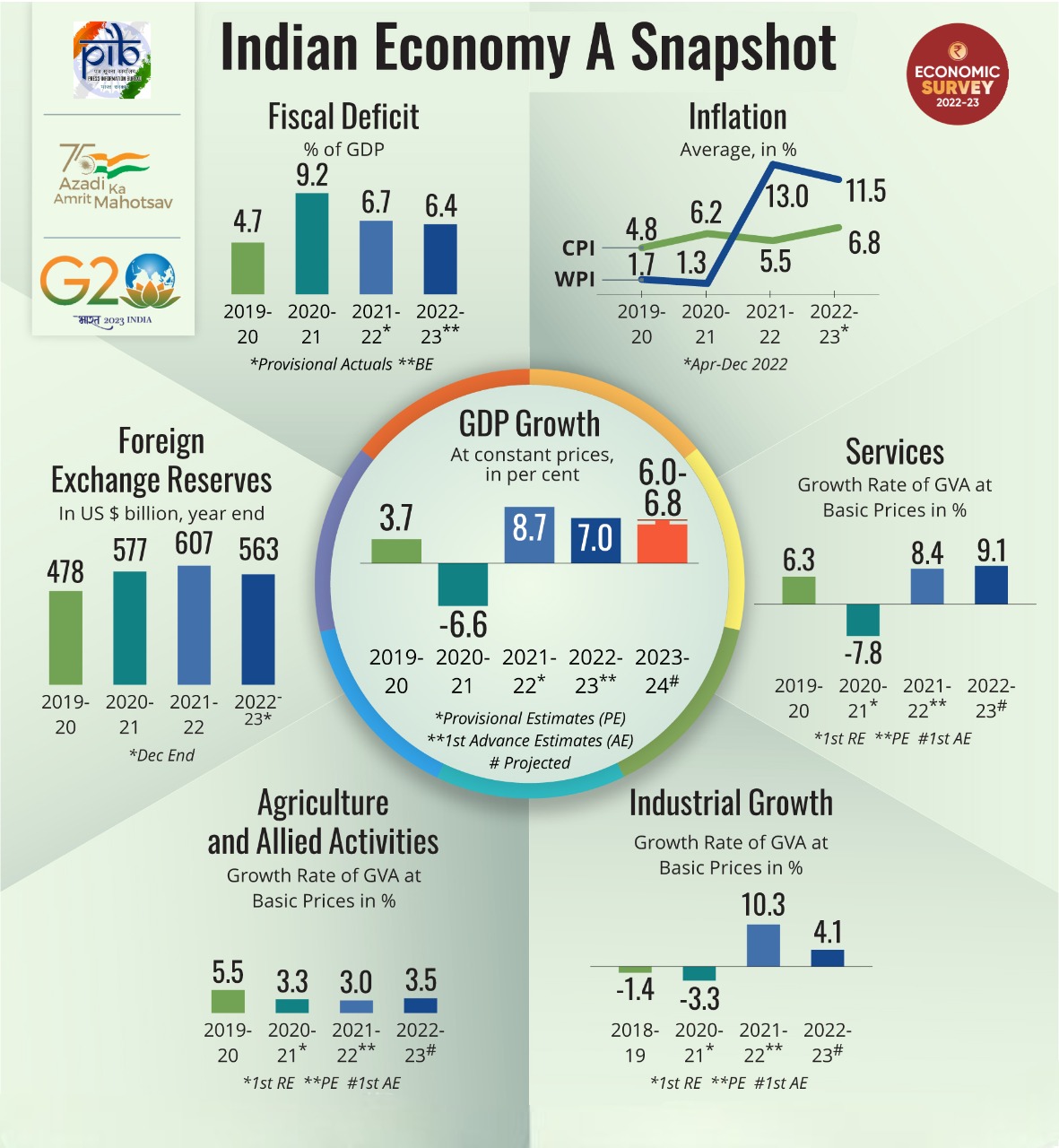At The Root Of India’s Manufacturing Challenge
Context:
The necessity for a manufacturing ecosystem, encompassing education, training, and infrastructure, was disregarded in 1991 when the trade and industrial policy regime was revised.
Economic Reforms of 1991
- In response to a severe economic crisis, the Indian government implemented several policy changes and liberalisation initiatives known as the economic reforms of 1991.
- These changes made India’s heavily regulated and internally focused economy more market-oriented and internationally integrated.
- Liberalisation: By removing bureaucratic restrictions and licence requirements, the government started liberalising its industry and commercial policies. This increased competitiveness and efficiency by opening many economic sectors to private and foreign investment.
- Privatization: The government implemented a privatisation strategy, allowing private companies to own and run firms in formerly state-controlled industries. To increase the effectiveness and productivity of public sector businesses and lessen the burden on the government, this was done.
- Deregulation: The government lowered barriers to foreign investment and commerce, streamlined processes, and cut back on taxes and import restrictions. With this action, India was meant to be more competitive, draw in foreign capital, and join the world economy.
- Financial sector reforms: To increase efficiency and stability, the financial system experienced considerable adjustments. Interest rate liberalisation, the creation of private banks, foreign bank participation, and the adoption of steps to bolster banking supervision and regulation were some of the reforms.
- Fiscal reforms: To lower the fiscal deficit and rein in inflation, the administration put fiscal consolidation measures into place. This required lowering subsidies, raising tax income, and streamlining government spending.
- Exchange rate changes: India switched from a fixed exchange rate system to one that is more flexible. Trade was facilitated and competition increased by allowing the rupee to fluctuate in response to market factors.
Points to Ponder:
- The debate over Manufacturing vs. Services: The text covers the ongoing discussion in India about the best course for economic development and whether manufacturing or services should take precedence.
- Software Export Boom: Indian software exports enjoyed a boom in the early 2000s, which prompted speculations that services should replace manufacturing as the main driver of the economy.
- Putting the Traditional Model to the Test: The idea of giving services precedence over manufacturing posed a challenge to the conventional economic development model, according to which the expansion of the industrial sector normally occurs before that of the services sector.
- unhappiness with Prior Reforms: The passage emphasises the unhappiness of Indian policymakers concerning earlier economic reforms, particularly those after the 1991 reforms that were centred on manufacturing but did not result in an appreciable rise in the sector’s proportion of the GDP.
- Manufacturing Quality Change: Although India’s manufacturing sector didn’t grow considerably after the 1991 reforms, there was a qualitative improvement in the variety and calibre of goods produced there.
- Rising Income disparity: The increased variety and quality of manufactured items, without a corresponding increase in the manufacturing industry, point to a rise in income disparity.
- Limited Success of Recent Measures: Recent manufacturing-boosting measures like “Make in India” and the Production-Linked Incentive scheme have not produced significant results because manufacturing growth is still at a low level.
- Structural Constraints: The manufacturing sector in India has continued to experience modest growth despite legislative attempts, which raises the possibility that “structural” reasons are hindering the industry.
- Importance of Demand: The passage highlights the importance of demand in driving industrial expansion, particularly household demand for manufactured goods, which is generally unaffected by government supply-side initiatives.
- The dominance of Food Expenditure: The high proportion of household spending in India that goes towards food restrains the expansion of the market for manufactured goods.
- Potential Exports Worldwide: The capacity for exporting becomes essential for the manufacturing sector to overcome the constraints of the domestic market. Smaller East Asian nations have had success expanding their manufacturing sectors by relying on exports.
- Infrastructure and Skills: For a nation’s manufacturing industry to remain globally competitive, infrastructure such as transport, ports, electricity supply, and waste disposal is essential. Equally important is the skill level of the workforce.
- Educational Gap: India falls behind developed manufacturing economies in terms of educational attainment. Ranking evaluations and studies show that Indian youngsters struggle with literacy, numeracy, and learning results. It is often claimed that university graduates are not employable.
- Neglected Vocational Training: Compared to other nations like South Korea, India’s vocational training industry is undeveloped, with few young people receiving technical training.
- Ecosystem for Manufacturing: The section ends by emphasising the necessity for a whole ecosystem, including education, training, and infrastructure, to support the expansion of manufacturing. It is insufficient to merely pass legislation or carry out liberalising changes.
Similar Topics:
What is ‘Dabba trading’ and how does it affect the economy?





